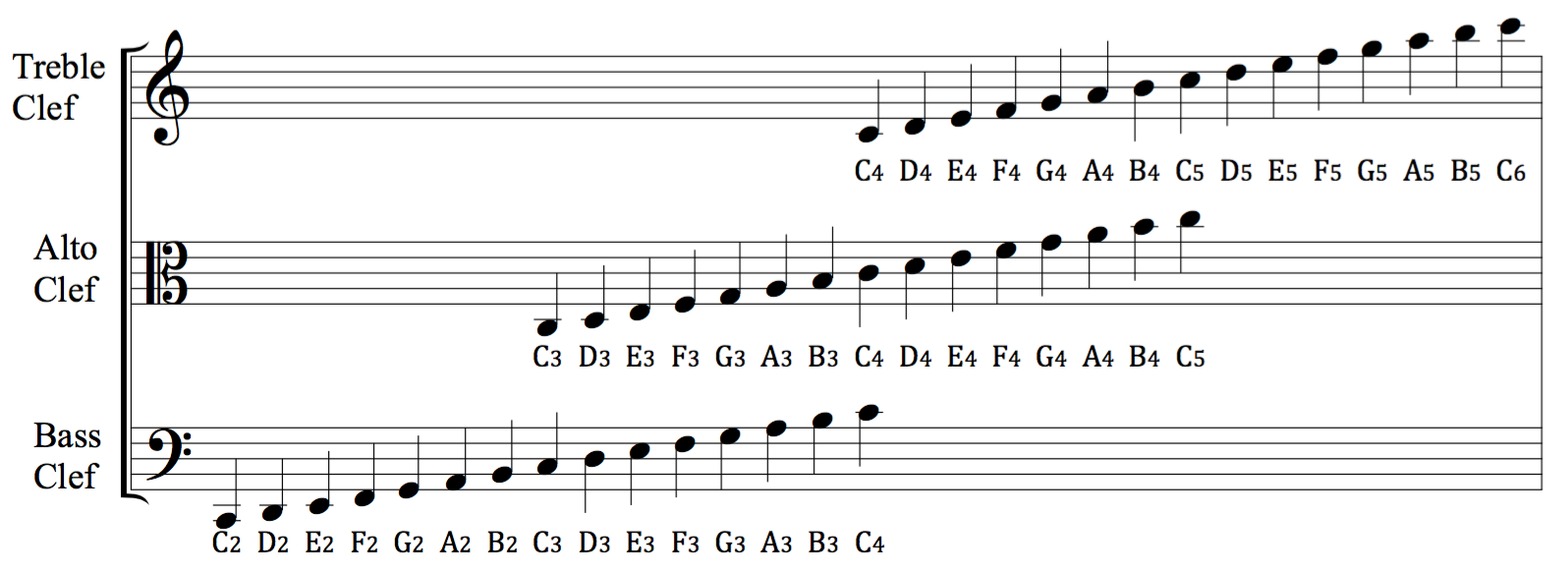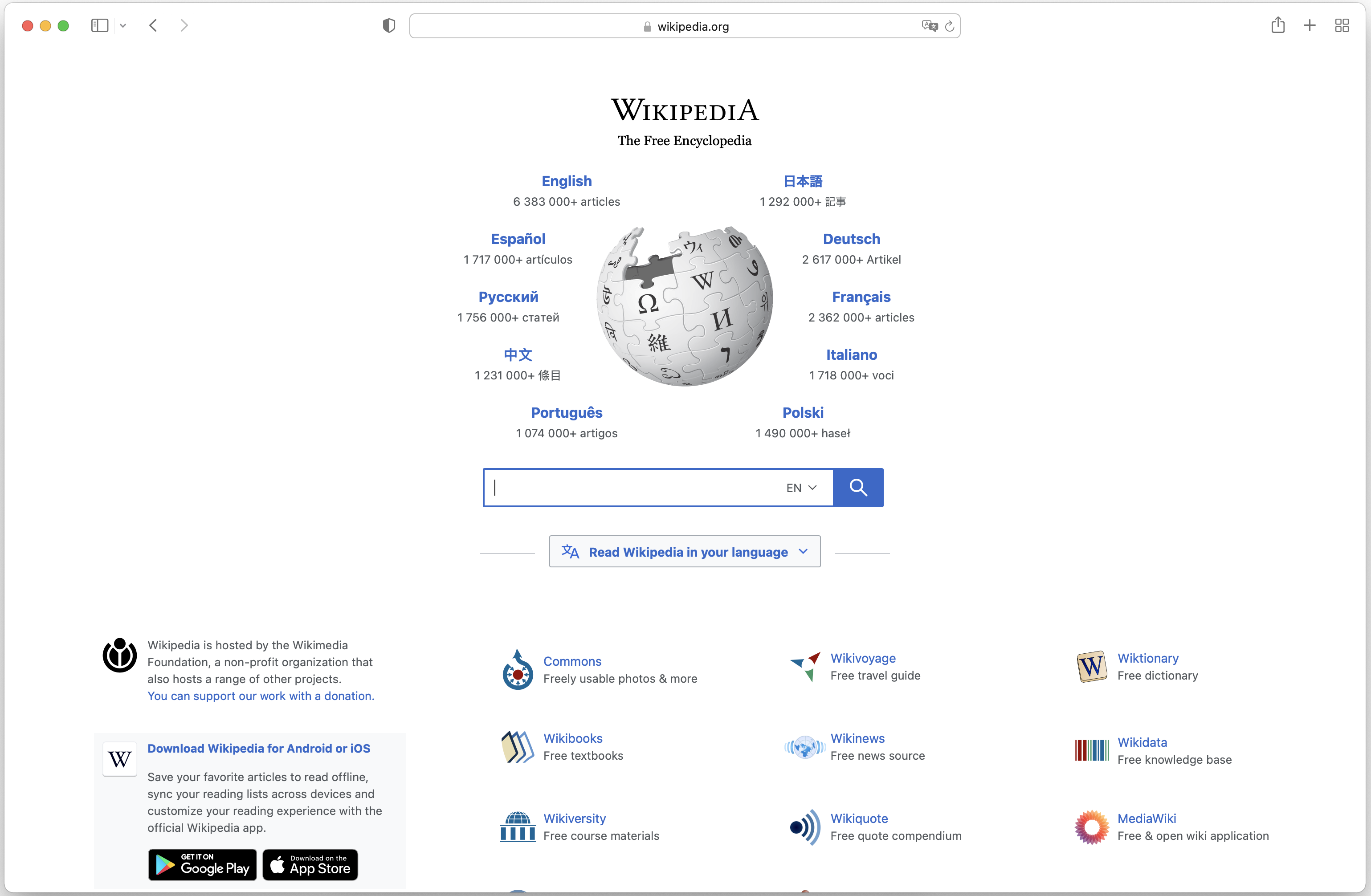|
Music XML
MusicXML is an XML-based file format for representing Western musical notation. The format iopen fully documented, and can be freely used under the W3C Community Final Specification Agreement. History MusicXML was invented by Michael Good and initially developed by Recordare LLC. It derived several key concepts from existing academic formats (such as Walter Hewlett's ASCII-based MuseData and David Huron's Humdrum). It is designed for the interchange of scores, particularly between different scorewriters. MusicXML development was managed by MakeMusic following the company's acquisition of Recordare in 2011. MusicXML development was transferred to the W3C Music Notation Community Group in July 2015. Version 1.0 was released in January 2004. Version 1.1 was released in May 2005 with improved formatting support. Version 2.0 was released in June 2007 and included a standard compressed format. All of these versions were defined by a series of document type definitions (DTDs). An XML Sc ... [...More Info...] [...Related Items...] OR: [Wikipedia] [Google] [Baidu] |
Musical Notation
Musical notation is any system used to visually represent music. Systems of notation generally represent the elements of a piece of music that are considered important for its performance in the context of a given musical tradition. The process of interpreting musical notation is often referred to as reading music. Distinct methods of notation have been invented throughout history by various cultures. Much information about ancient music notation is fragmentary. Even in the same time frames, different styles of music and different cultures use different music notation methods. For example, classical performers most often use sheet music using staves, time signatures, key signatures, and noteheads for writing and deciphering pieces. But even so, there are far more systems just that, for instance in professional country music, the Nashville Number System is the main method, and for string instruments such as guitar, it is quite common for tablature to be used by player ... [...More Info...] [...Related Items...] OR: [Wikipedia] [Google] [Baidu] |
Clef
A clef (from French: 'key') is a musical symbol used to indicate which notes are represented by the lines and spaces on a musical staff. Placing a clef on a staff assigns a particular pitch to one of the five lines or four spaces, which defines the pitches on the remaining lines and spaces. The three clef symbols used in modern music notation are the G-clef, F-clef, and C-clef. Placing these clefs on a line fixes a reference note to that line—an F-clef fixes the F below middle C, a C-clef fixes middle C, and a G-clef fixes the G above middle C. In modern music notation, the G-clef is most frequently seen as treble clef (placing G4 on the second line of the staff), and the F-clef as bass clef (placing F3 on the fourth line). The C-clef is mostly encountered as alto clef (placing middle C on the third line) or tenor clef (middle C on the fourth line). A clef may be placed on a space instead of a line, but this is rare. The use of different clefs makes it possible t ... [...More Info...] [...Related Items...] OR: [Wikipedia] [Google] [Baidu] |
Time Signature
A time signature (also known as meter signature, metre signature, and measure signature) is an indication in music notation that specifies how many note values of a particular type fit into each measure ( bar). The time signature indicates the meter of a musical movement at the bar level. In a music score the time signature appears as two stacked numerals, such as (spoken as ''four–four time''), or a time symbol, such as (spoken as ''common time''). It immediately follows the key signature (or if there is no key signature, the clef symbol). A mid-score time signature, usually immediately following a barline, indicates a change of meter. Most time signatures are either simple (the note values are grouped in pairs, like , , and ), or compound (grouped in threes, like , , and ). Less common signatures indicate complex, mixed, additive, and irrational meters. Time signature notation Most time signatures consist of two numerals, one stacked above the other: * ... [...More Info...] [...Related Items...] OR: [Wikipedia] [Google] [Baidu] |
Key Signature
In Western musical notation, a key signature is a set of sharp (), flat (), or rarely, natural () symbols placed on the staff at the beginning of a section of music. The initial key signature in a piece is placed immediately after the clef at the beginning of the first line. If the piece contains a section in a different key, the new key signature is placed at the beginning of that section. In a key signature, a sharp or flat symbol on a line or space of the staff indicates that the note represented by that line or space is to be played a semitone higher (sharp) or lower (flat) than it would otherwise be played. This applies through the rest of the piece or until another key signature appears. Each symbol applies to comparable notes in all octaves—for example, a flat on the fourth space of the treble staff (as in the diagram) indicates that all notes notated as Es are played as E-flats, including those on the bottom line of the staff. Most of this article addres ... [...More Info...] [...Related Items...] OR: [Wikipedia] [Google] [Baidu] |
Web Browser
A web browser, often shortened to browser, is an application for accessing websites. When a user requests a web page from a particular website, the browser retrieves its files from a web server and then displays the page on the user's screen. Browsers can also display content stored locally on the user's device. Browsers are used on a range of devices, including desktops, laptops, tablets, smartphones, smartwatches and consoles. As of 2024, the most used browsers worldwide are Google Chrome (~66% market share), Safari (~16%), Edge (~6%), Firefox (~3%), Samsung Internet (~2%), and Opera (~2%). As of 2023, an estimated 5.4 billion people had used a browser. Function The purpose of a web browser is to fetch content and display it on the user's device. This process begins when the user inputs a Uniform Resource Locator (URL), such as ''https://en.wikipedia.org/'', into the browser's address bar. Virtually all URLs on the Web start with either ''http:'' or ''h ... [...More Info...] [...Related Items...] OR: [Wikipedia] [Google] [Baidu] |
JavaScript
JavaScript (), often abbreviated as JS, is a programming language and core technology of the World Wide Web, alongside HTML and CSS. Ninety-nine percent of websites use JavaScript on the client side for webpage behavior. Web browsers have a dedicated JavaScript engine that executes the client code. These engines are also utilized in some servers and a variety of apps. The most popular runtime system for non-browser usage is Node.js. JavaScript is a high-level, often just-in-time–compiled language that conforms to the ECMAScript standard. It has dynamic typing, prototype-based object-orientation, and first-class functions. It is multi-paradigm, supporting event-driven, functional, and imperative programming styles. It has application programming interfaces (APIs) for working with text, dates, regular expressions, standard data structures, and the Document Object Model (DOM). The ECMAScript standard does not include any input/output (I/O), such as netwo ... [...More Info...] [...Related Items...] OR: [Wikipedia] [Google] [Baidu] |
Canvas Element
The HTML canvas element allows for dynamic, scriptable rendering of 2D shapes and bitmap images. Introduced in HTML5, it is a low level, procedural model that updates a bitmap. The element also helps in making 2D games. While the element offers its own 2D drawing API, it also supports the WebGL API to allow 3D rendering with OpenGL ES. History Canvas was initially introduced by Apple for use in their own Mac OS X WebKit component in 2004, powering applications like Dashboard widgets and the Safari browser. Later, in 2005, it was adopted in version 1.8 of Gecko browsers, and Opera in 2006, and standardized by the Web Hypertext Application Technology Working Group (WHATWG) on new proposed specifications for next generation web technologies. Usage A canvas consists of a drawable region defined in HTML code with ''height'' and ''width'' attributes. JavaScript code may access the area through a full set of drawing functions similar to those of other common 2D APIs, thus ... [...More Info...] [...Related Items...] OR: [Wikipedia] [Google] [Baidu] |
HTML5
HTML5 (Hypertext Markup Language 5) is a markup language used for structuring and presenting hypertext documents on the World Wide Web. It was the fifth and final major HTML version that is now a retired World Wide Web Consortium (W3C) recommendation. The current specification is known as the HTML Living Standard. It is maintained by the Web Hypertext Application Technology Working Group (WHATWG), a consortium of the major browser vendors (Apple Inc., Apple, Google, Mozilla, and Microsoft). HTML5 was first released in a public-facing form on 22 January 2008, with a major update and "W3C Recommendation" status in October 2014. Its goals were to improve the language with support for the latest multimedia and other new features; to keep the language both easily readable by humans and consistently understood by computers and devices such as web browsers, Parsing, parsers, etc., without XHTML, XHTML's rigidity; and to remain backward-compatible with older software. HTML5 is intended t ... [...More Info...] [...Related Items...] OR: [Wikipedia] [Google] [Baidu] |
Digital Performer
Digital Performer is a digital audio workstation and music sequencer software package published by Mark of the Unicorn (MOTU) of Cambridge, Massachusetts for the Apple Macintosh and Microsoft Windows platforms. Ancestry In 1984, Mark of the Unicorn released ''Professional Composer'', one of the first application programs for the Apple Macintosh. The program used the Macintosh's high-resolution graphics and printing to allow the user to print professional quality music scores. In 1985, the company released a music sequencer named ''Performer'', also based on the Macintosh platform, for arranging and performing with synthesizers and other devices which recognized the then-newly developed MIDI standard. Sending a series of numerical values, such a sequencer could direct many instruments, commanding which notes to play, at what loudness, and for how long to sustain them. There are many deep features in the MIDI protocol; MOTU developed extended capabilities in Digital Performer ... [...More Info...] [...Related Items...] OR: [Wikipedia] [Google] [Baidu] |
Logic Pro
Logic Pro is a proprietary digital audio workstation (DAW) and MIDI sequencer software application for the macOS platform developed by Apple Inc. It was originally created in the early 1990s as Notator Logic, or Logic, by German software developer C-Lab which later went by Emagic. Apple acquired Emagic in 2002 and renamed Logic to Logic Pro. It was the second most popular DAW – after Ableton Live – according to a survey conducted in 2015. A consumer-level version based on the same interface and audio engine but with reduced features called Logic Express was available starting in 2004. Apple's GarageBand comes free with all new Macintosh computers and iOS devices and is another application built on Logic's audio engine. On December 8, 2011, the boxed version of Logic Pro was discontinued, along with Logic Express, and as with all other Apple software for Macs, Logic Pro is now only available through the Mac App Store and the iPad App Store, or with a discounted Pro Apps f ... [...More Info...] [...Related Items...] OR: [Wikipedia] [Google] [Baidu] |


